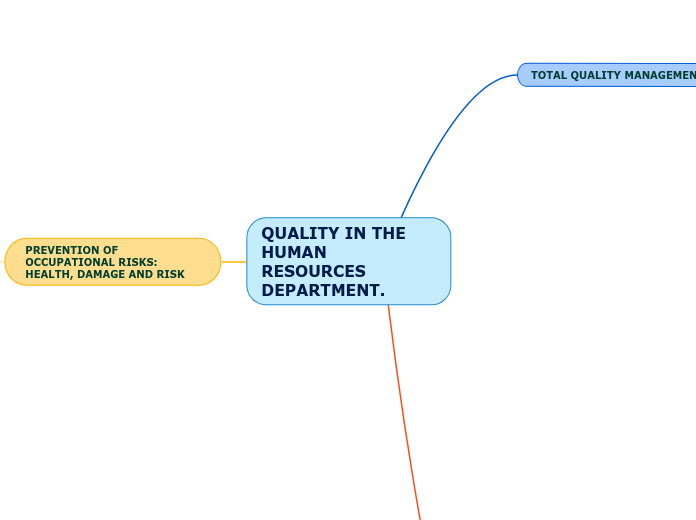door Javier Gil Bas 4 jaren geleden
234
QUALITY IN THE HUMAN RESOURCES DEPARTMENT.

door Javier Gil Bas 4 jaren geleden
234

Meer zoals dit
The office’s air quality can be greatly improved by proper maintenance, cleaning and filtration of the ventilation, heating and air conditioning system. This will help reduce respiratory irritants, infections and illnesses, the NSC said
Cords should never overload outlets. The most common causes of fires started by extension cords are improper use and overloading. Extension cords should be approved by a certifying laboratory, such as Underwriters Laboratories, and be used only temporarily to connect one device at a time.
Cords should never be used if the third prong has been damaged or removed.
Power cords should be inspected regularly for wear and be replaced if they are frayed or have exposed wire.
You can cut down on excessive glare by closing blinds on windows and dimming the overhead lights. Correctly positioning monitors slightly below eye level, minimizing screen glare and increasing computer font size all can help alleviate eyestrain.
Adjust the chair’s height so that your feet are firmly on the ground.
Use an adjustable keyboard tray to position your keyboard and mouse at a comfortable height (usually lower than the desk surface). Place your mouse next to the keyboard, and keep it as close as possible to your body, to avoid reaching.
Keep your elbows at a 90-degree angle while typing.
Let your arms hang loosely at the shoulders.
Sit up straight, adjusting the chair to provide firm back support.
Maintain a relaxed, neutral posture.
Position the chair, keyboard and monitor in a straight line with your body.
Universal slip, trip and fall culprits include unattended spills, wet floors, exposed cords, unstable work surfaces, uneven floors, loose rugs and cluttered areas.Clean up all spills immediately, and post signs identifying hazards in areas that are being cleaned or that have recently been cleaned, and in areas prone to water accumulation and wet surfaces
Risk evaluation involves the determination of a quantitative or qualitative value for the risk. Quantitative risk evaluation requires calculations of the two components of the risk: the probability that the risk will occur, and the severity of the potential consequences. This approach is seldom applied in practice.
Risk assessment is the process of evaluation of the risks arising from a hazard, taking into account the adequacy of any existing controls and deciding whether or not the risks is acceptable[1]. Several methods to perform risk assessment are available ranging from expert to participatory methodologies and from simple to complex methods. Risk assessment involves evaluating, ranking, and classifying risks.
Identification of potential consequences of the recognized hazards – risks, i.e. the potential causes of injury to workers, a work accident, an occupational disease or a work related disease.
Identification of hazards discovered in previous risk management;
Identification of hazards present in the workplace and work environment;
4. Inform interested parties about the company are complying with all the regulations.
3. Sign contracts about assignment of data processing.
2. Draft a “Security document”
1. Notifications of files to the Spanish Agency for data protection.
Departments are required to provide information to the human resources department on: • Absences, delays, illness and accidents • Production bonuses, incentives, etc.... • Vacation, leave, night shift, shifts, etc. • Overtime worked.
• Professional profiling, recruitment and selection. • Recruitment, affiliation, registrations and cancellations • Dossier management • Preparation of payroll and personal income tax deduction certificates
Provides information for the payment of salaries, social contributions and the payment of IRPF deductions, indemnities, etc...
Provides information to the accounting area about: • Payroll, withholding and payment of social security contributions, withholding and payment of personal income tax. • Termination benefits